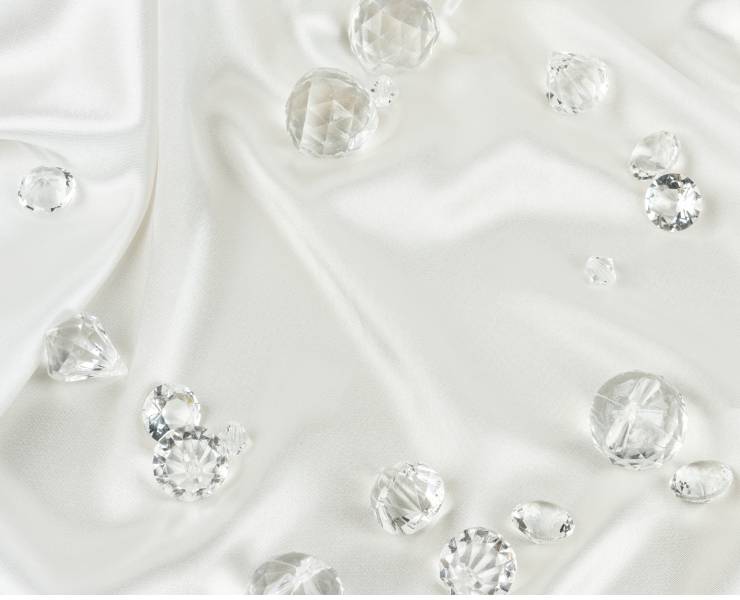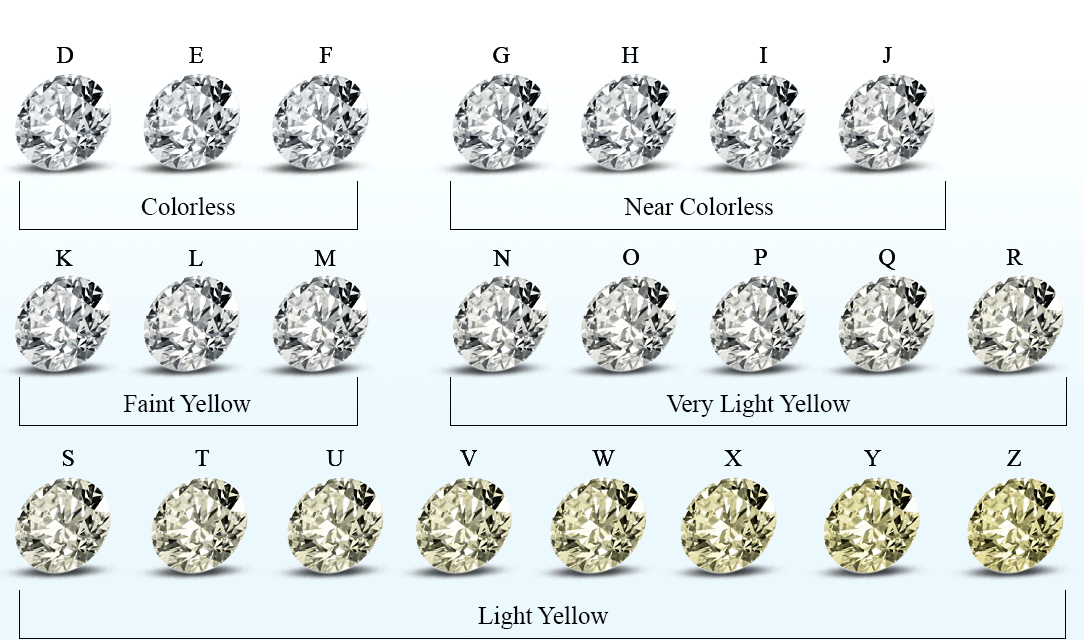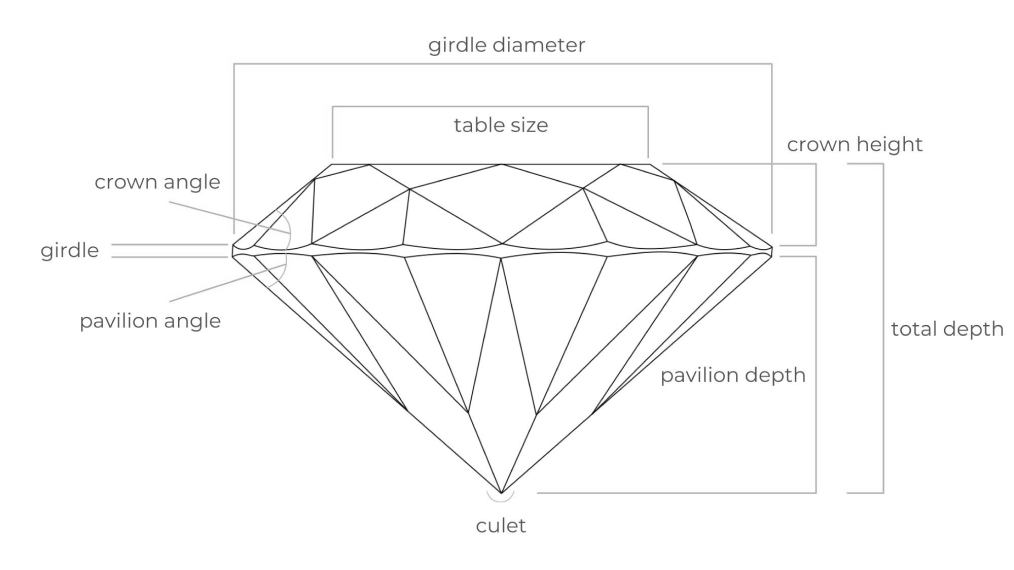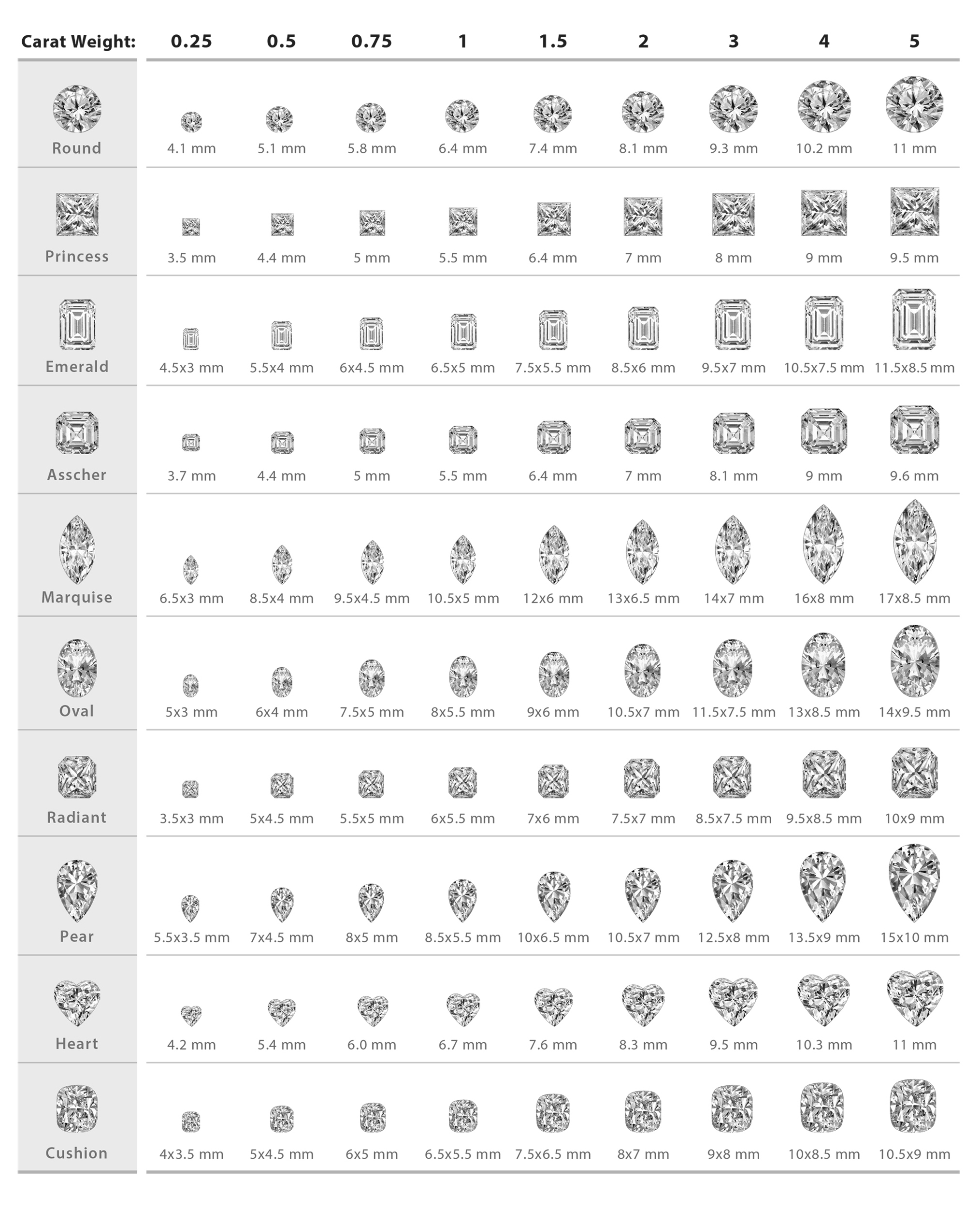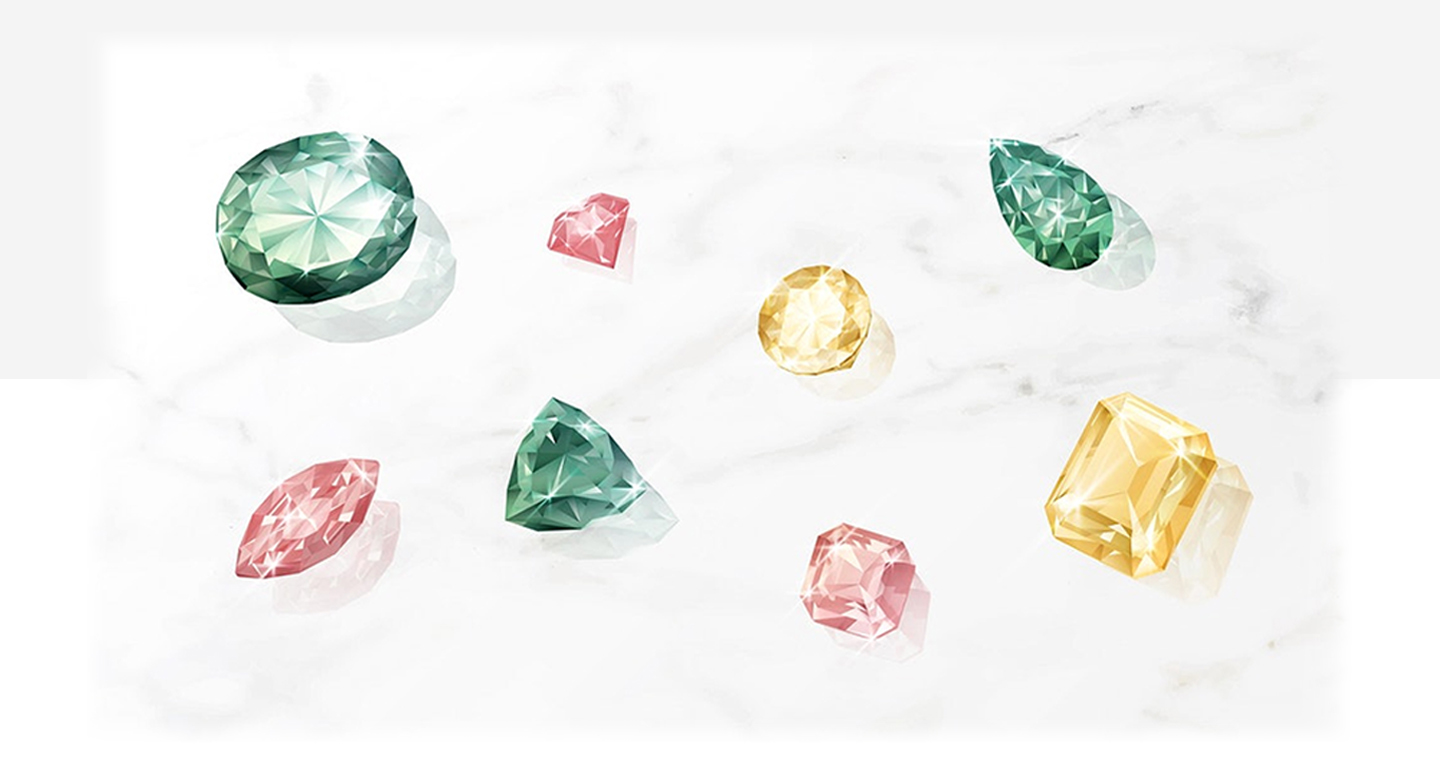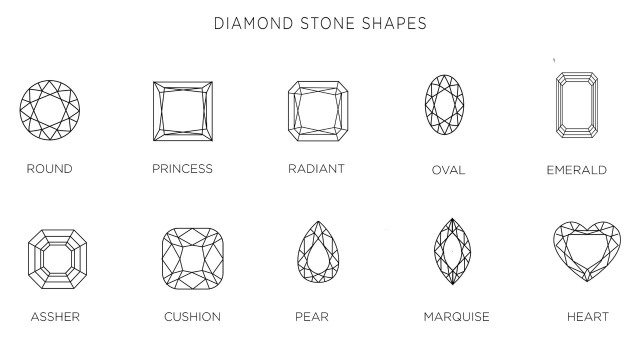The diamond guide
Your Ultimate Diamond Buying & Info Guide - here’s where we break it down for you.
We’re covering the 4C’s: colour, cut, clarity, and carat, what they are and why they matter. Are cut and shape interchangeable? How to determine what’s right for you, and more.
